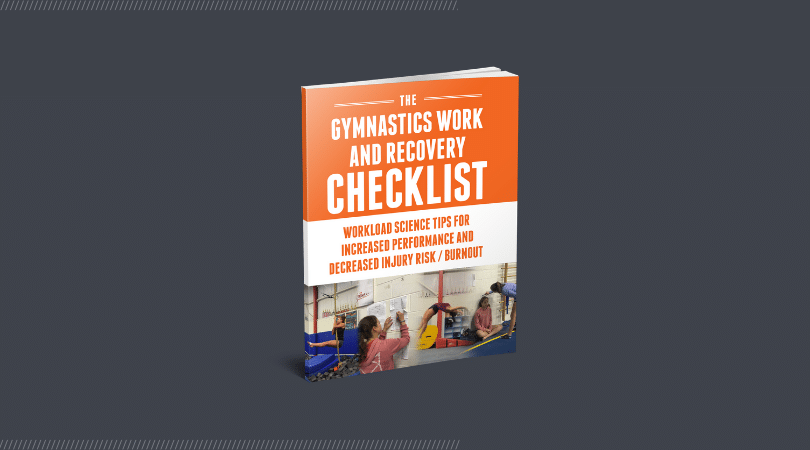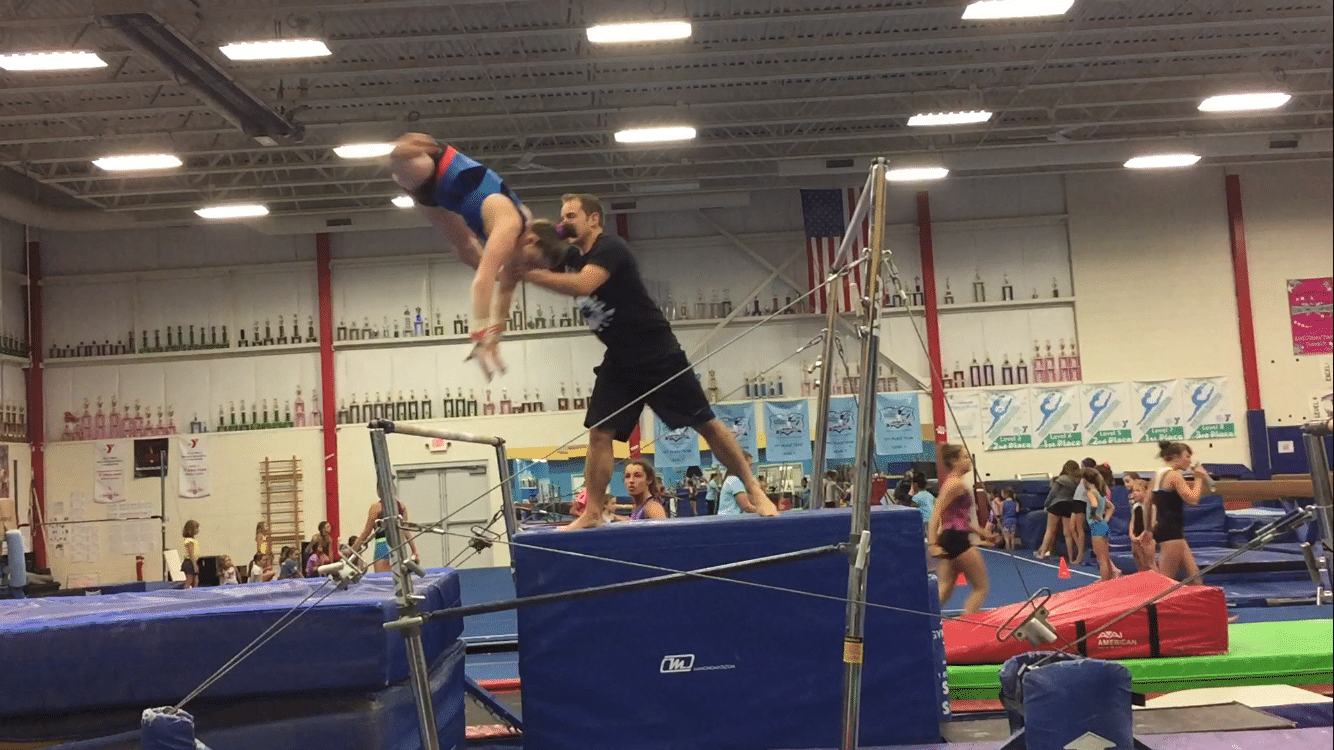Help Gymnasts Hit More Routines in Meets with These Essential Workload and Recovery Tips
It’s around this time of the year that many people in gymnastics worldwide are gearing up for their first competitions. It usually brings with it lots of anxiety, an increase in training intensity, and unfortunately many times an increase in overuse injury rates. People get upset as they seem to struggle before the season has even started.
There is nothing worse than watching a huge influx of gymnasts come to Champion for new injuries, frustrations with skill/routine performance, or straight up burnout despite their hard work all summer.
Without a doubt, the #1 reason I find gymnasts fall or miss routines at meets, and also seem to stack up injuries, is through mismanaged work to recovery practices. This includes the actual training load, but also essential information on recovery tips, planning practices, and tracking.
As a younger coach, I would have just assumed poor meet performance was due to gymnasts not working hard enough, us not doing the right drills, a lack of “mental toughness”, or the team needing more time in training to do more skill or routine repetitions.
Sometimes, yes, this is the case. But in my experiences working with almost 1000 gymnasts in the last 5 years, I find the mismatched balance of work to recovery to be a much more common culprit. This refers to gymnastics, but also other mental and emotional stress sources like school, friends, relationships, and more.
This is the age-old question in gymnastics: how much is too much? What’s the optimal dose of skills, routines, strength, cardio, and recovery to peak for weekend meets but also keep athletes mentally/physically safe?
I really like studying the research on stress workloads and recovery. I’ve spent many hours looking over textbooks, research articles, and courses to learn more about this often confusing yet incredibly important part to gymnastics.
In an effort to help people in gymnastics around the world, I took all of my time studying and put together 27 of the most important keys to managing work to recovery in gymnastics. It includes daily, weekly, and monthly practices to help gymnasts perform well and stay healthy.
This is in an effort to help gymnasts perform better at meets and hopefully reduce their injury and mental burnout risk during the upcoming competition season. These are the exact principles I teach to many people around the world, use in our gym, and teach to gymnasts that come to Champion for various sports performance issues.
You can download the 27 tips in my new PDF, “The Gymnastics Work and Recovery Checklist: Workload Science Tips for Increased Performance and Decreased Injury Risk / Burnout”. Just enter your email below and it will be sent to your email inbox!
Download My New Gymnastics
The Gymnastics Work and Recovery Checklist
27 Workload Science Tips for Increased Performance and Decreased Injury Risk / Burnout

- 27 must have tips for success in gymnastics competitive season
- Daily, weekly, monthly, and yearly practices to use in training
- Build of latest science to help increase meet performance and reduce injury or burnout risk
Hope it helps!
– Dave
Dr. Dave Tilley DPT, SCS, CSCS
CEO/Founder of SHIFT Movement Science









